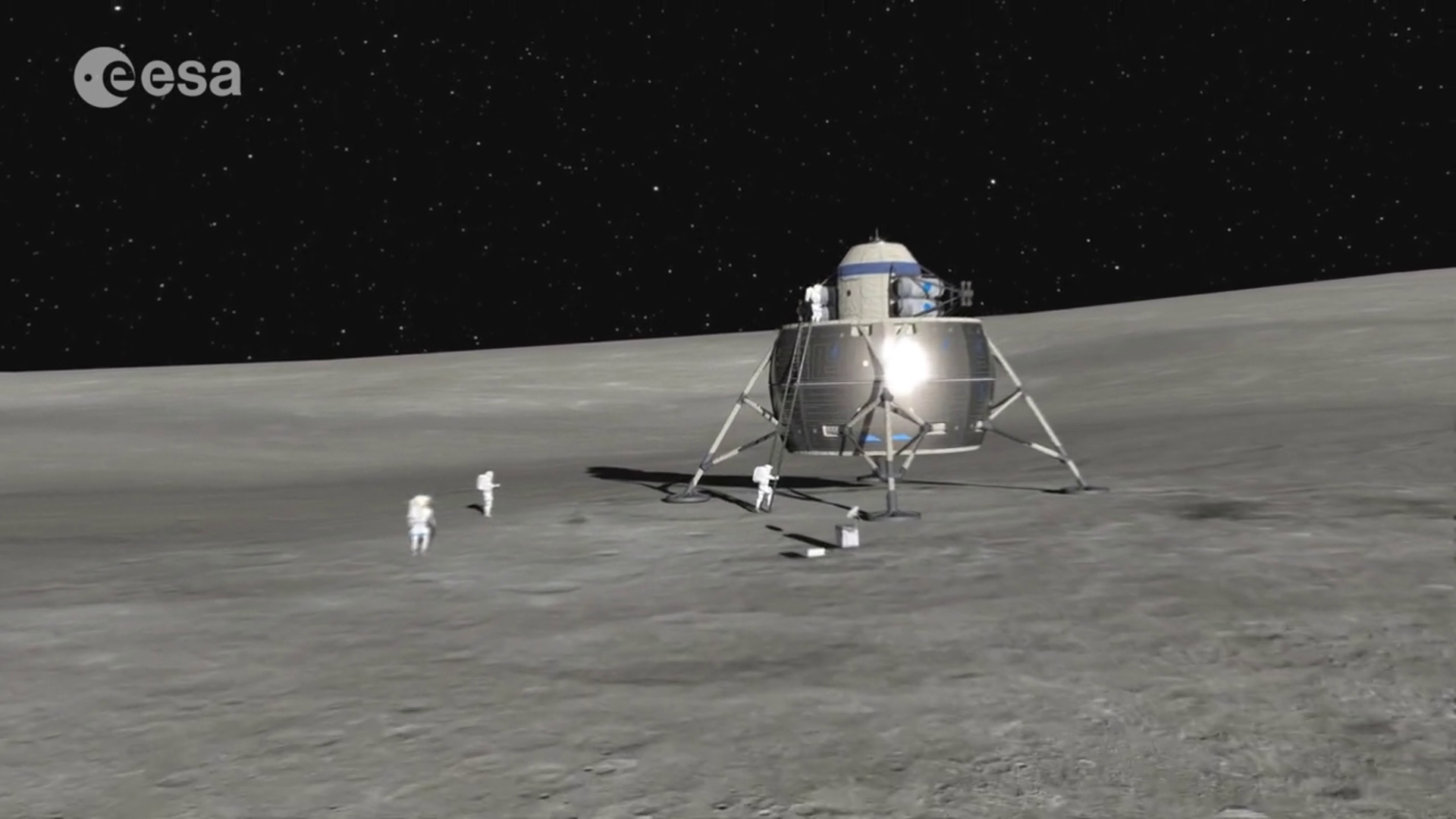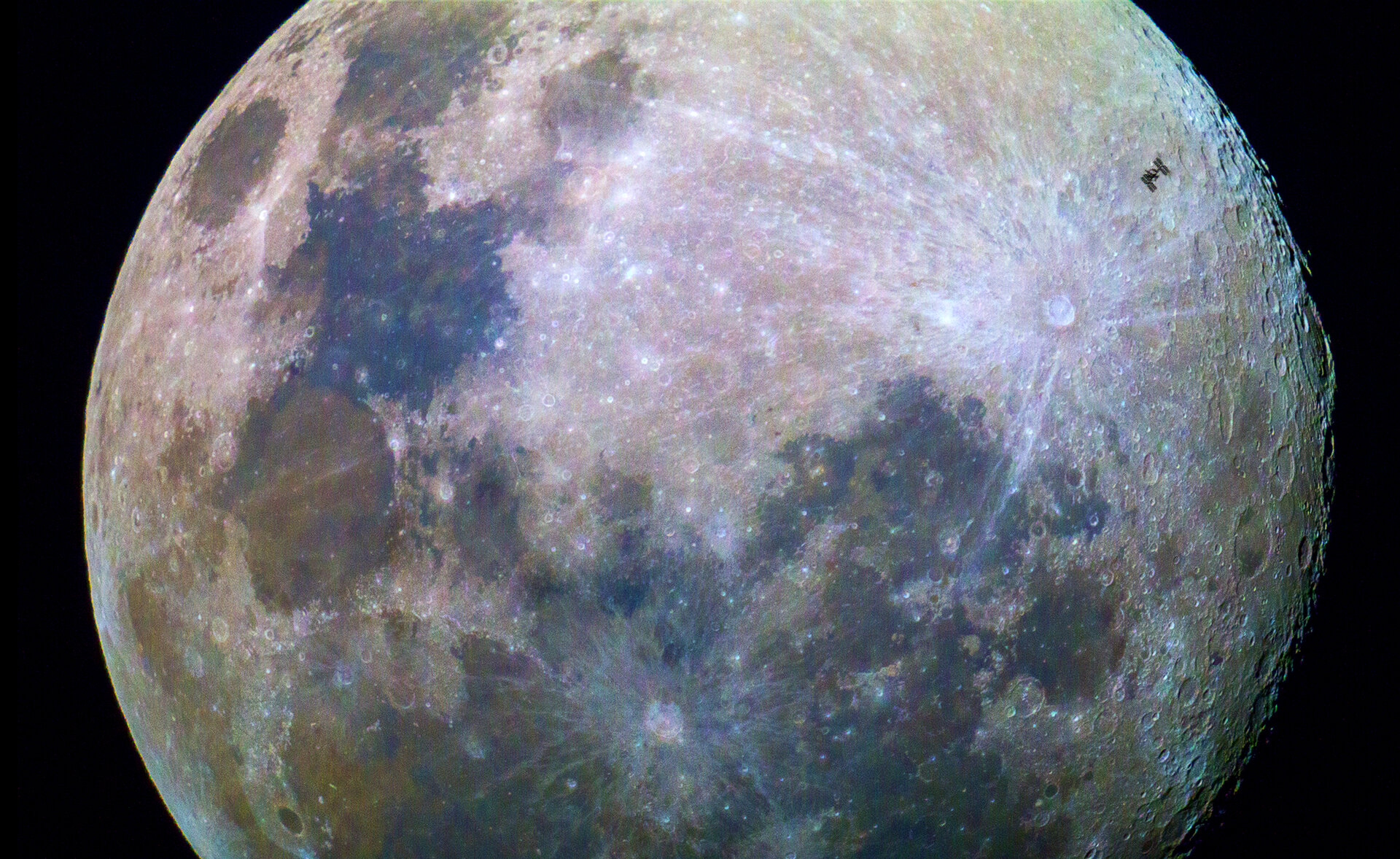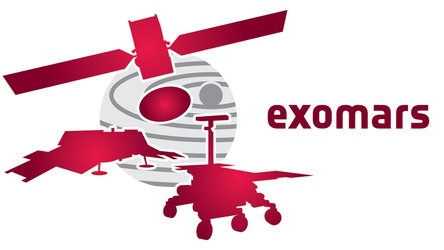Moon engine now in development
ESA’s ambitious plans for the next decade of space exploration will take us beyond the International Space Station to the Moon and Mars and promises many scientific discoveries bringing back knowledge for people on Earth. In order to support these endeavors, ESA is kicking off development of a high-performance engine for space exploration.
Space is big and transport is the backbone of many missions, so an efficient, high-thrust and multi-use engine will lead the way to exciting missions farther than ever before.
To the Moon…

The first mission set to demonstrate the advanced technology’s reliability and operational procedures will be the Heracles mission to collect samples from the lunar surface and bring them back to Earth. Liftoff is foreseen on an Ariane 6 launcher in 2026 and return just a few months later with several kilograms of lunar samples.
Heracles is part of ESA’s new approach to lunar exploration to prepare complex and broad missions using robots with a strong emphasis on human machine interaction. The mission will perform the technology demonstrations to lay the groundwork for astronaut missions on our closest celestial body.
Heracles was born of a cooperation with the International Space Exploration Coordination Group (ISECG) and is part of the Global Exploration Roadmap. The mission sees Japan’s space agency JAXA, Canadian space agency CSA and ESA joining forces, each building a key element of Heracles. NASA is an observing partner to the mission but will be involved in the sample return that will travel via the Space Gateway on an Orion spacecraft. The internationally cooperative nature of the mission is an added advantage to help ensure common objectives are met.
In a study phase, ESA’s role in the Heracles mission will be decided during the agency’s council at ministerial level in 2019.
…and back


Access the video
A single Moon engine will be used during the Heracles mission to lift off from the lunar surface in and bring the samples to the orbiting lunar gateway. In later missions the Moon engine could be included in clusters to power a reusable ascent vehicle that could transport a crew of up to four astronauts from the lunar surface to the Gateway.
The development of the Moon engine will focus on sustainability and reuse with a design that will allow for multiple ignitions, long-term storage of the propellant and an engine that can be used for many years. These are important qualities for use on a human ascent module that is projected to ferry astronauts from the Gateway to the surface of the Moon and back several times.
In the long-term vision the Moon engine is a key element to preserve and maintain Europe’s role in long-duration space exploration missions. It is a vital driver of Europe’s space exploration vision and enabler of a multitude of robotic as well as crewed space expeditions.
Interested in taking part in the development of the Moon Engine? Please go to our industry portal page for details on how to submit proposals.








